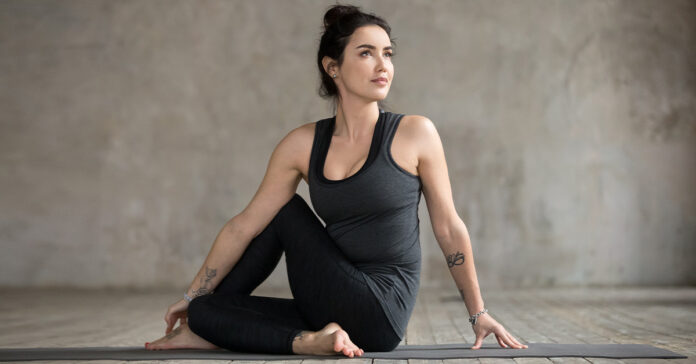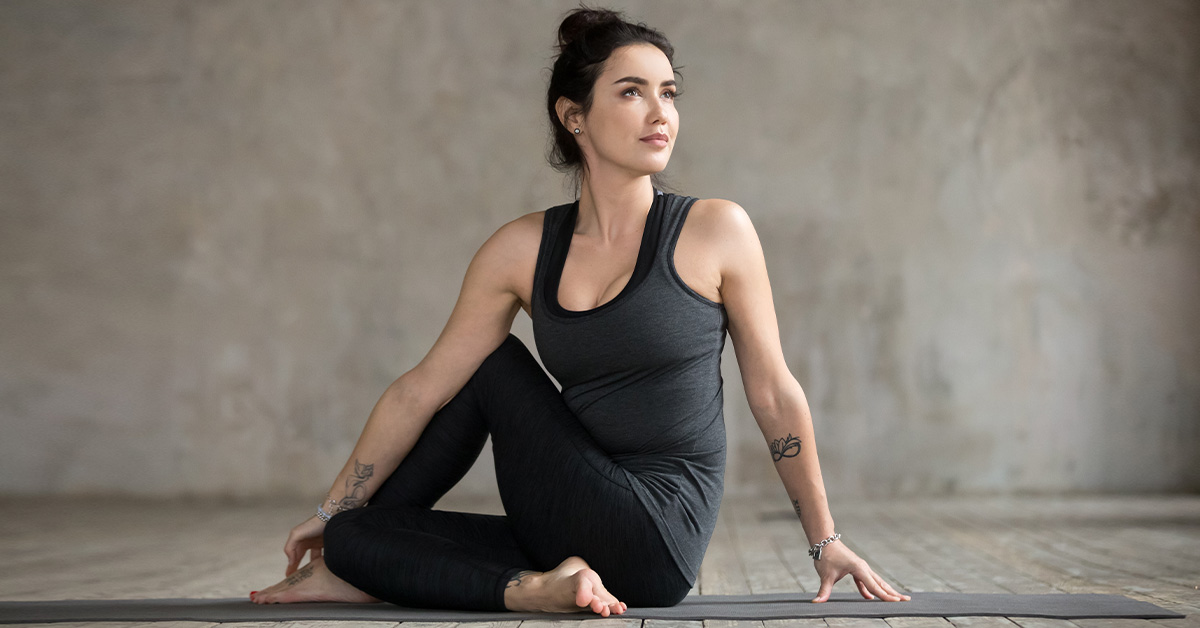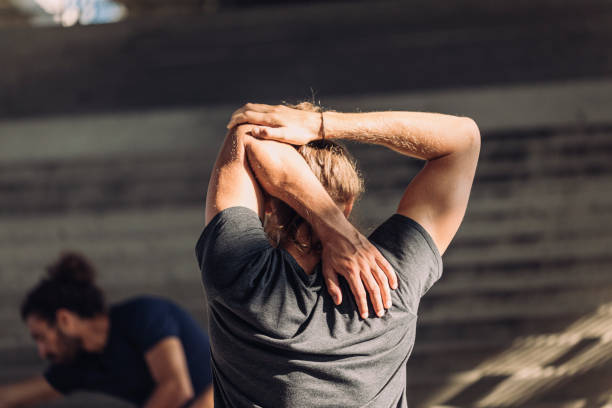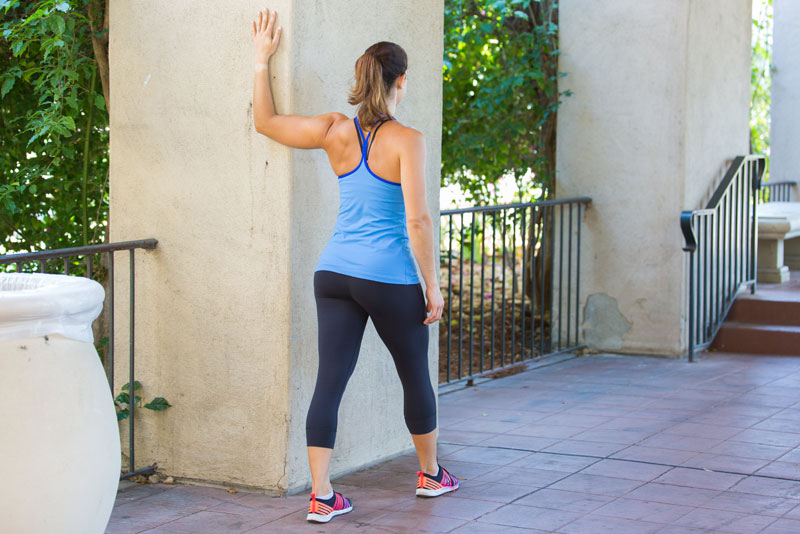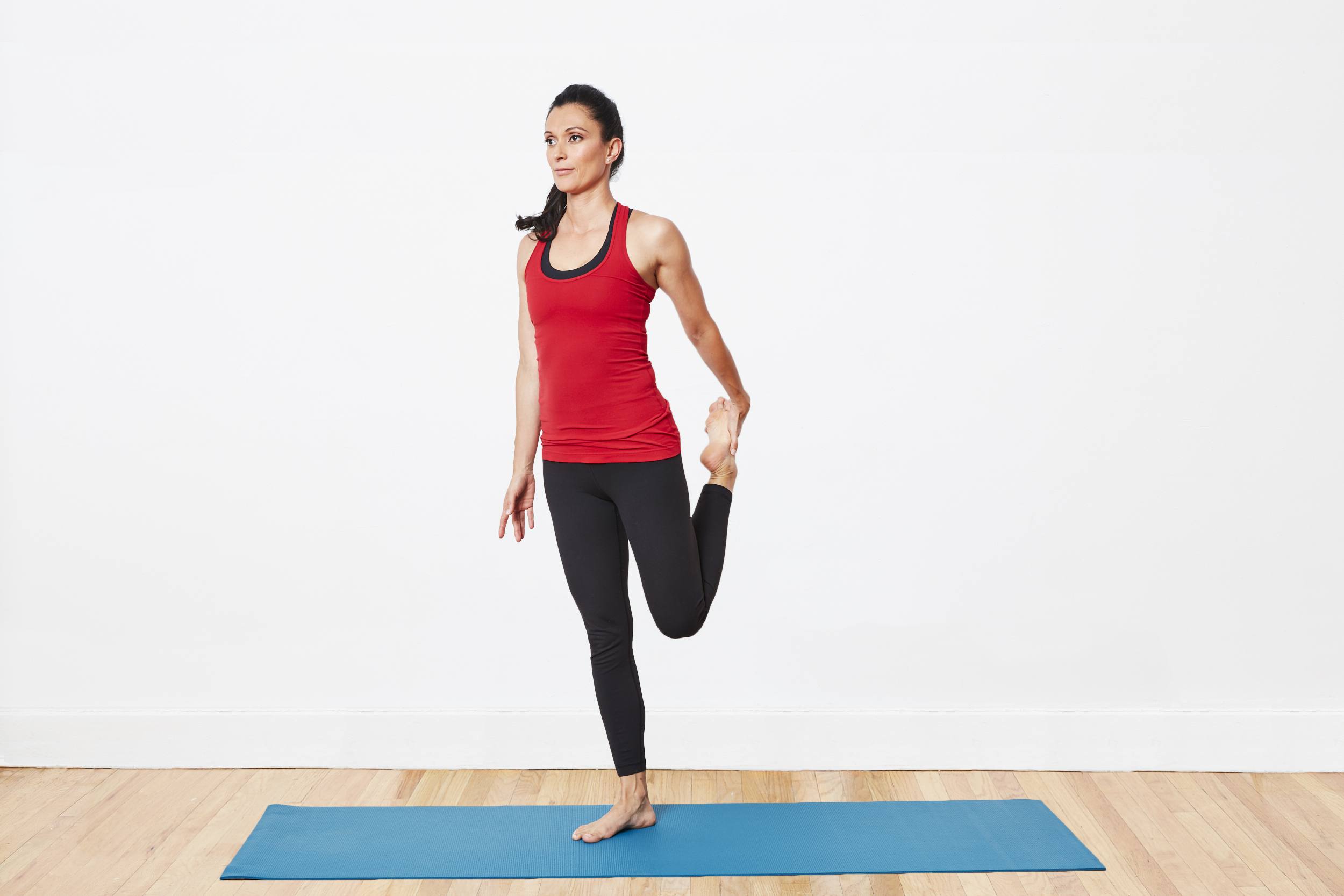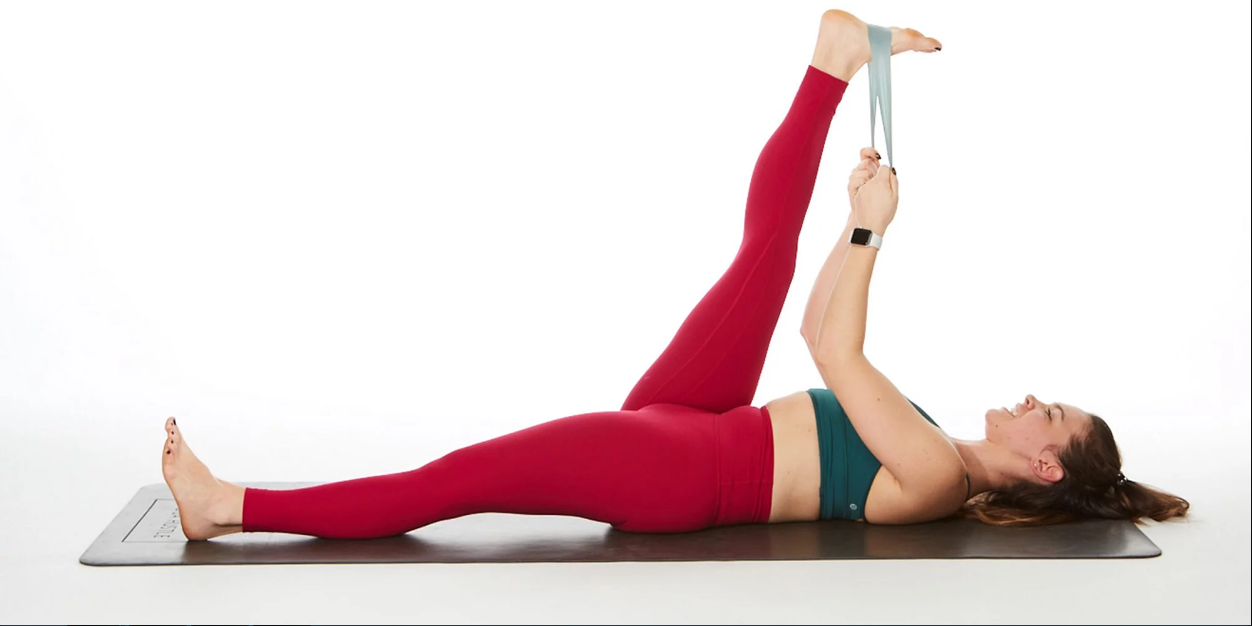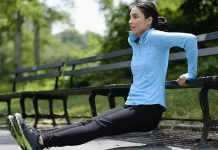Stretching is an important part of any exercise you do. This is because stretching expands your muscles, making it flexible, strong, and healthy. Without proper stretching before or after a workout, your muscles will be short and stiff. As a result, it will be more prone to injury.
What is active stretching?
Active stretching is when you contract one set of muscles to stretch another. The one thing that sticks out and differentiate it from other forms of stretching is that you don’t need to use external force or a stretching partner when active stretching. This makes it ideal for at-home or on-the-go workouts.
Benefits of active stretching:
- Better movement
Active stretching helps increase flexibility and therefore enhance your range of motion.
- Pain relief and recovery.
By stretching regularly, you can increase blood flow to your muscles. For beginners, this will ease your muscle sores and reduces your recovery time.
- Maintained muscle.
Active stretching has been attributed to helping regulate muscle fiber length, as concluded by studies. This might mean it can help prevent muscle atrophy (muscle loss). Yet more research needs to be done to prove it.
- Improved posture.
Improved posture happens when there is both stretching and strengthening specific muscles, according to a 2015 study. Other than that, the study also mentioned that participants had reduced musculoskeletal pain. Again, there needs to be studies to show if active stretching alone is what caused it.
How to do it
- Decide which muscle you want to stretch.
- Contract the agonist muscle. (The muscle on the opposite side of the muscle you want to stretch.)
- Hold the position for 10–15 seconds.
- If you’re stretching a muscle that also exists on the other side of your body, then repeat the stretch on that side, too.
Note: A burning or tingling sensation is normal when you stretch. But the moment you are in pain, stop. Overstretching can lead to a sprain or strain.
Best active stretching exercises for your body
Glutes
Glutes are a group of three muscles that make up your butt .
- Sit on the floor with your legs straight in front of you.
- Bend your right knee and cross it over your left thigh.
- Plant your right foot flat on the floor.
- Place your left elbow on the outside of your right thigh.
- Gently twist your upper body to the right.
- Hold for 10–15 seconds.
- Switch sides.
Note: This stretch shouldn’t be painful. Make sure not to push too hard.
Triceps
Triceps are located on the back of your upper arm. The muscles extend from your shoulder to elbow.
- Stand tall with a straight back.
- Reach your left arm up to the ceiling without raising your shoulders.
- Bend your elbow until your hand reaches between your shoulder blades.
- Hold for 10–15 seconds.
- Switch sides.
Note: Your elbow should be pointed up toward the ceiling.
Chest
This stretch mainly targets the pecs, but you should also feel it in your biceps.
- Stand up straight.
- Reach both arms out to your sides at a 90-degree angle.
- Open your arms as wide as you can as you extend them behind your body.
- Be sure to keep your spine aligned and try not to arch.
- Hold for 10–15 seconds.
Note: Turn your palms up toward the ceiling to feel the burn.
Quadriceps
The quadriceps are a group of four muscles located on the front of your thighs.
- Stand tall with your spine aligned.
- Place your feet hip-distance apart.
- Bend your left knee and lift your foot behind you.
- Try to touch your heel to your butt.
- Hold for 10–15 seconds.
- Switch sides.
Note: For balance, place a hand on a chair or the wall.
Hamstrings
Hamstrings are the muscles that are present on the back of your leg, extending from the knee to thigh.
- Lie on your back.
- Straighten your legs along the floor.
- Lift your left leg up to the ceiling.
- Keep your leg straight until you feel a stretch in your hamstrings.
- Hold for 10–15 seconds.
- Switch sides.
Note: Lower your lifted leg a bit if your tailbone starts to tuck in. You can also use your opposite foot for extra support.

